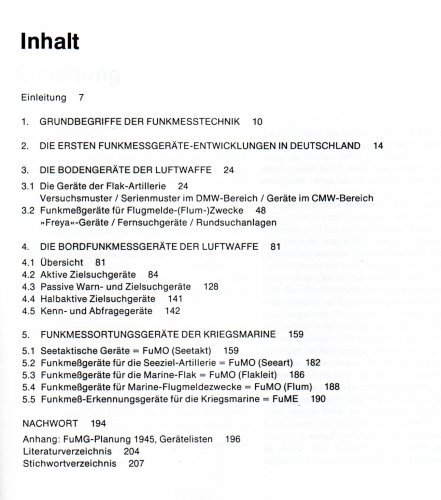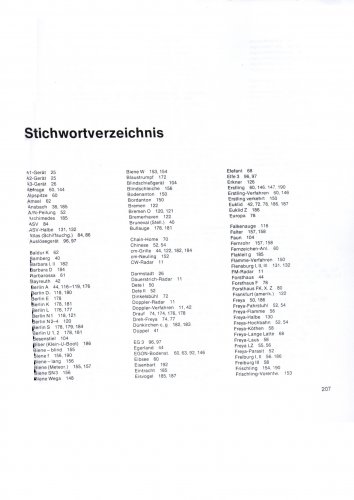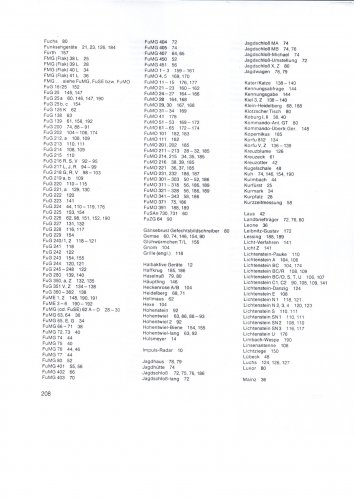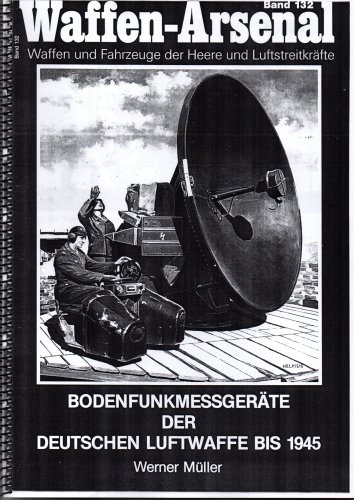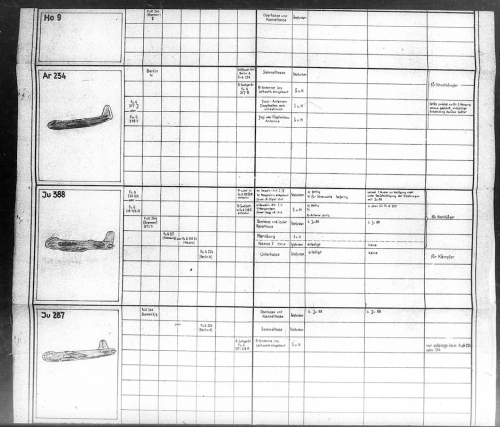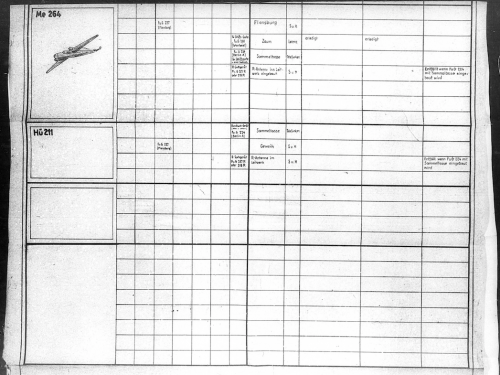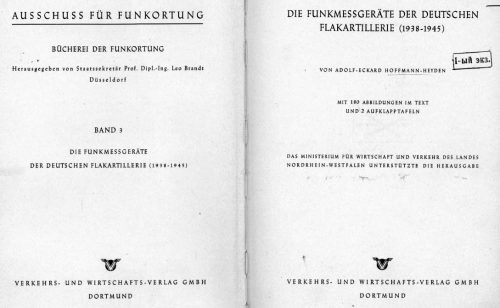I realize I'm wading into a necrothread here, but I'll pitch in as well.
Having read practically everything I can find on the radar systems of the various combatants of WWII, there is absolutely no doubt whatsoever that Allied systems were far in advance of their German counterparts, and even more so over the Japanese.
While it is true that Hans Hollmann did indeed intent a magnetron, he didn't invent the magnetron. The difference is one of degree, but in this case, the degree is about two orders of magnitude. Hollmann's magnetrons generated on the order of tens to hundreds of watts, had significant problems with frequency drift, and did not use a seed signal that could be used on the receiver. As a result, the German authorities rejected them in favour of klystrons, which also generated tens to hundreds of watts, but were more robust, had no problems with drift, and used a separate seed signal which could also be fed into the receiver's superheterodyne tank.
In contrast, Randal and Boot's first magnetron was bored from a solid block of copper, and was capable of generating 1000 W. Within weeks it was up to 5 kW, and after GEC had a look, 25 kW. As a result, the UK had a practical microwave radar source in 1940, whereas no one else in the world did. The US, for instance, had followed the same train of logic as the Germans and had klystrons of a few tens of watts, and were simply blown away by the magnetron when they saw it in September. They were so taken by its promise that they had a production line set up before the British team had even managed to return home. We were even building them in Canada by the end of the year and had a (semi-)operational microwave GL radar by 1943.
Using the magnetron had the other disadvantages noted above, that is, frequency drift and the lack of a seed signal that could be sent into the LC tank of the heterodyne. Moreover, existing tube-based rectifiers used in the detector stage simply didn' work at those frequencies. Less important but still annoying was there was no RF switch that operated at those frequencies so you had to use separate antennas for transmit and receive. These are serious problems, but the UK attacked them one by one until they had them all. Frequency drift was an issue in the UK magnetrons as well, but much less of one because it was built out of a single block of metal that was then water or air cooled so the expansion and warping wasn't as much of a problem. The second was addressed by the introduction of the reflex klystron, which tapped off the output of the magnetron, modified it by a fixed amount, and fed that into the heterodyne. A modification of this same system solved the problem of a suitable RF switch. A tube-based detector never emerged, but in its place, the UK developed semiconductor diodes that solved this problem.
By 1941 the UK had complete working microwave radar systems. This led to the introduction of the H2S, and the great debates over its use. It was captured almost immediately, on 3 February 1943, but the Germans were unable to get a similar set into action. The only one that got remotely close was the Berlin units, and they wouldn't have been available in any reasonable form until 1946. The magnetron itself was easy enough to build, Randal and Boot did it in a disused lab after all, but other parts remained huge problems. They had no semiconductor industry and two years later their crystals still didn't work for more than minutes on average, they never managed to get a working reflex klystron, and it took a full year before they even figured out how the reflex klystron switch even worked.
By that time the UK was already moving to 1.25 cm wavelengths, had deployed ASV, H2S, AI, GCI and EW microwave radars, were experimenting with Doppler radars (H2D), COHO MTI and many other technologies like microwave-relay communications systems. The US had introduced grown crystals which would lead to the transistor, highly advanced conical scanning units like the SCR-584 that could track individual artillery shells, let alone aircraft, and were well on their way to second-generation systems that were so improved no one ever caught up.
The only true success the Germans had in the microwave field was the Naxos detectors, and even they were limited in capability. Their radars never worked, and their H2S jammers were abandoned because they were useless. The UK also beat them in the introduction of IFF, beacon guidance like Rebecca, hyperbolic navigation, transponder-based landing aids, chaffe, inverse con-scan jamming (which drove the Würzburg operators absolutely batty), comm jammers like ABC and Jostle, and any number of other technologies.
The situation was so bad for the Germans that there were numerous instances where they would see targets on the radars and simply not believe they were real, to cases where they could hear aircraft flying above them which were invisible because they completely jammed, to cases where they shot down their own aircraft because they were so afraid of the British tracking their signals that they told pilots to turn off their IFFs and thus appeared to be enemy aircraft to the AA gunners. The entire radio battle was completely out of control, and the Germans were the first to admit it. They had their share of successes, like Klein Heidelberg and Cerberus jamming, but these were the exception to the rule. I mean, the situation at Malta where they simply gave up even attempting to jam UK VHR radars says it all - they had the radars jammed but the RAF operators managed to convince them it wasn't working so they went home!
Sorry, but if you're reading this and you actually believe the Germans were even close then you simply haven't read nearly enough about the topic.


